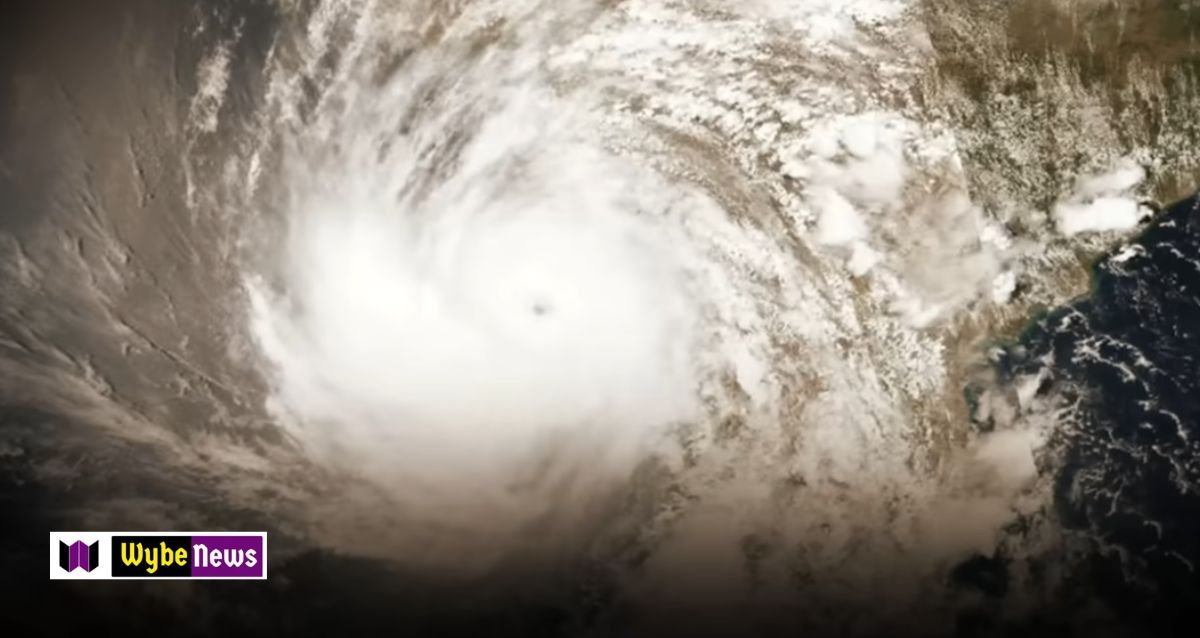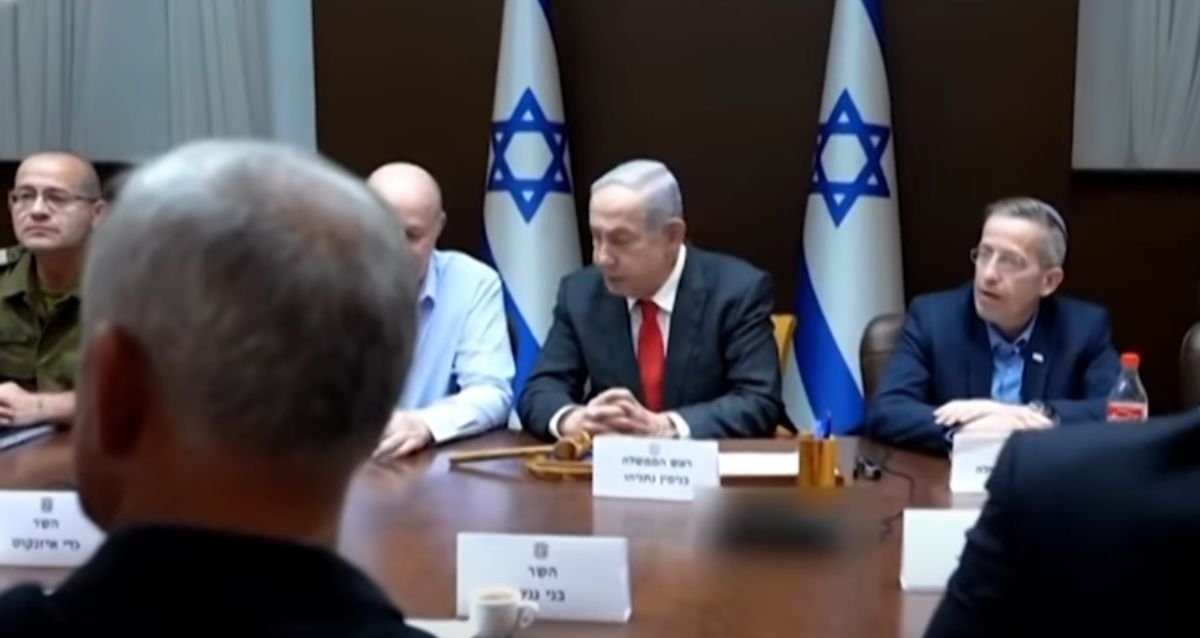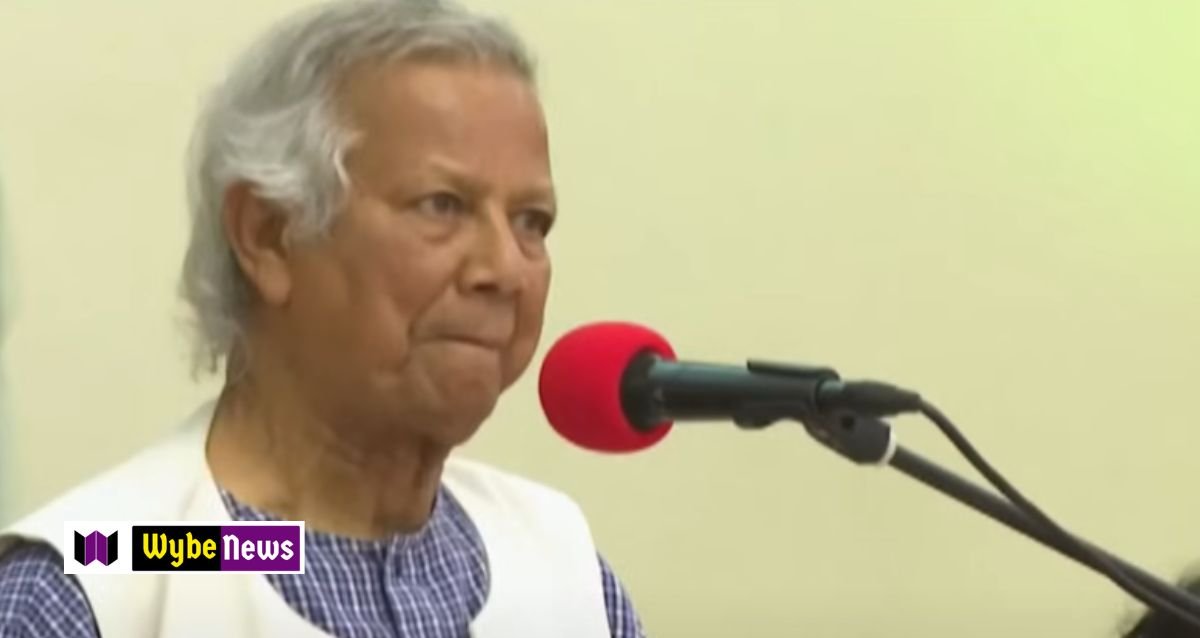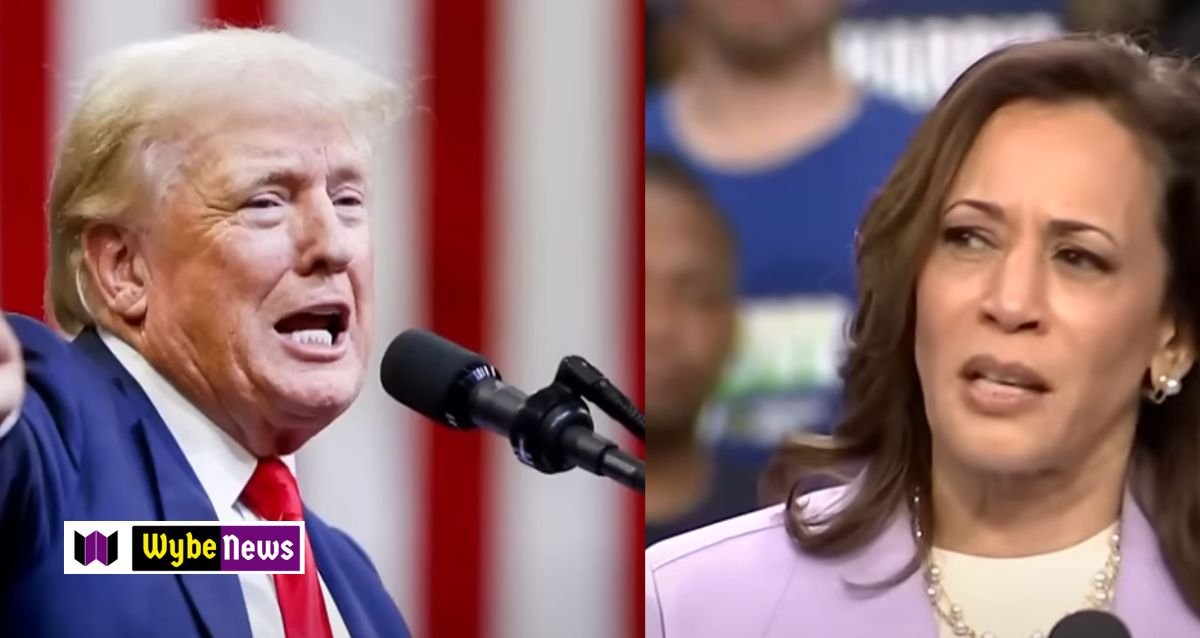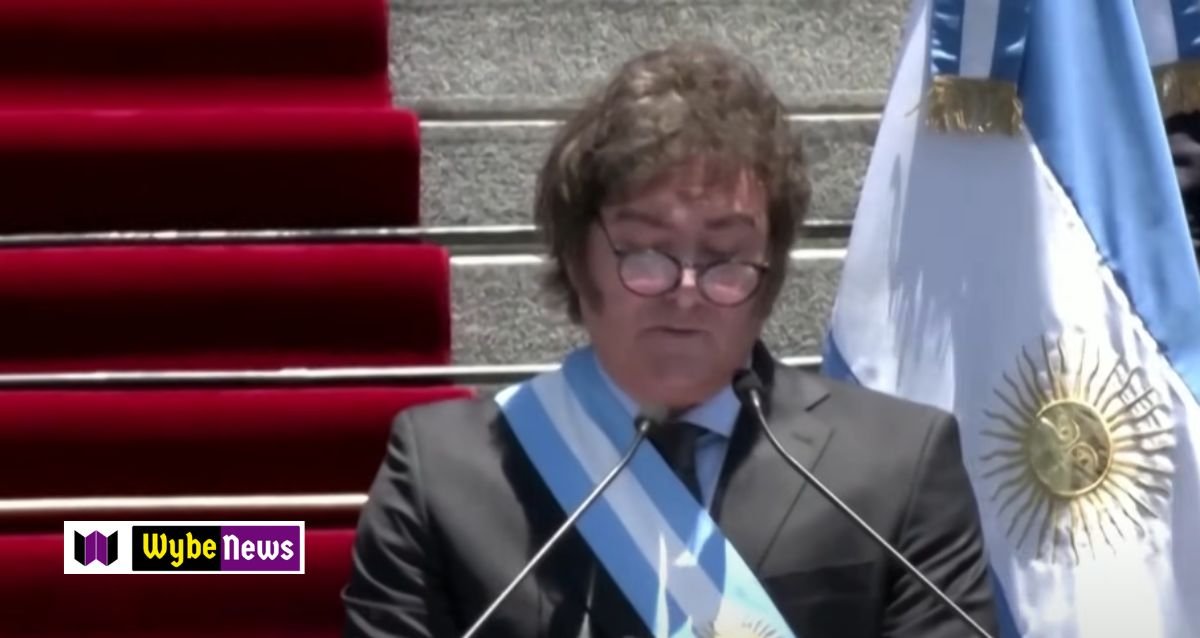Controversy Surrounding the Identity of the Shooter at Trump Rally: Unraveling the Facts

The Viral Video and Public Reaction
The controversy ignited when a video featuring Thomas Matthew Crooks went viral, rapidly spreading across various social media platforms. In this video, Crooks fervently claims that security agencies have apprehended the wrong individual in relation to the shooting incident at a Trump rally. The video was initially shared by Mike Crispi, a New Jersey Trump delegate, and quickly garnered widespread attention. Crooks’ vehement expression of disdain for both Republicans and former President Donald Trump added fuel to the already blazing fire of public debate and speculation.
In the video, Crooks articulates his grievances against the Republican Party and Trump, arguing that the real perpetrator is still at large. His accusations and passionate delivery captivated viewers, leading to a surge in discussions and theories about the true events of that day. The public reaction was immediate and polarized, with many people taking to social media to express their views, share the video, and engage in heated discussions.
Social media platforms played a crucial role in the dissemination and amplification of the video’s impact. Within hours, the video had been shared thousands of times, eliciting a myriad of responses from both ordinary citizens and political figures. The rapid spread of information through platforms like Twitter, Facebook, and Instagram underscored the influential role of social media in shaping public opinion and driving the narrative around the incident.
Prominent figures and influencers weighed in on the video, further intensifying the debate. Some commentators expressed skepticism about Crooks’ claims, while others saw his video as a compelling piece of evidence supporting the theory of a misidentified shooter. The dynamic nature of social media allowed for real-time commentary and analysis, which contributed to the evolving public perception of the incident.
As the video continued to circulate, it became a focal point for discussions about the reliability of eyewitness accounts, the effectiveness of security agencies, and the broader implications of such incidents on political discourse. The public’s reaction highlighted the complex interplay between media, public opinion, and political narratives in contemporary society.
The Allegations Against Maxwell Yearick
Maxwell Yearick has emerged as a focal point in the investigation following assertions made by political commentator Mike Crispi. Yearick’s background has attracted considerable scrutiny, primarily due to his previous legal entanglements. In Allegheny County, Yearick had pled guilty to charges stemming from a confrontation with law enforcement officers during an anti-Trump protest nearly a year before the incident at the rally. This prior conviction has cast a shadow over his current situation, making him a person of interest.
The allegations against Yearick were further fueled by photographic evidence presented by Crispi. These images purportedly show Yearick among the crowd at the Trump rally, raising suspicions about his potential involvement. The photos have been circulated widely, prompting both public and media interest in Yearick’s activities on the day of the rally. Despite the visual resemblance pointed out by Crispi, the authenticity and context of these photographs remain under examination.
Yearick’s profile provides additional context to the allegations. Public records indicate that he has been an active participant in various political protests and events, often aligning with anti-Trump sentiments. This history of activism has led some to speculate about his motivations and possible connections to the shooting incident. However, it is important to note that involvement in protests does not equate to criminal activity, and such assumptions must be approached with caution.
Known affiliations of Yearick also play a significant role in the ongoing discourse. He has been associated with several activist groups that have vocally opposed Trump administration policies. These affiliations, while contributing to the narrative, do not provide concrete evidence of his involvement in the shooting. As the investigation continues, public records and affiliations are being meticulously reviewed to either substantiate or refute the claims made against him.
In light of the allegations, it is crucial to differentiate between circumstantial evidence and verified facts. While Yearick’s past legal issues and public presence at political events create a narrative of suspicion, the investigation must rely on concrete evidence to determine his involvement or innocence in the incident at the Trump rally.
The FBI and Secret Service Investigation
The official investigation into the identity of the shooter at the Trump rally is being jointly led by the Federal Bureau of Investigation (FBI) and the Secret Service. One of the primary objectives of this investigation is to accurately identify the deceased assailant. To achieve this, the agencies have employed advanced biometric confirmation methods, including DNA analysis and photographic comparison. These rigorous techniques are designed to ensure a precise identification, leaving no room for ambiguity.
Kevin Rojek, the FBI special agent in charge in Pittsburgh, has been at the forefront of this investigation. In a recent statement, Rojek emphasized the thoroughness and diligence with which the investigation is being conducted. He reiterated the commitment of the FBI and the Secret Service to uncovering all relevant facts surrounding the incident, and to bringing any additional perpetrators or accomplices to justice.
The investigation has also put a spotlight on the security breach that allowed the gunman to get close enough to pose a threat to former President Trump. This breach has raised significant concerns regarding the current security protocols at high-profile events. In response, both the FBI and the Secret Service are undertaking a comprehensive review of their security measures. This review aims not only to identify the lapses that occurred on that fateful day but also to implement enhanced security measures to prevent such incidents in the future. These measures may include more stringent background checks, increased use of surveillance technology, and more robust physical security barriers.
Preliminary findings from the ongoing investigation have yet to be fully disclosed, but initial reports suggest that the assailant may have exploited certain vulnerabilities in the security setup. As the investigation continues, more detailed information is expected to emerge, providing a clearer picture of the events leading up to the shooting and the steps necessary to ensure the safety of public figures at similar events in the future. The collaboration between the FBI and the Secret Service underscores the gravity of the situation and the importance of securing public spaces to prevent future threats.
Security Implications and Political Ramifications
The shooting incident at the Trump rally has prompted a critical reassessment of security protocols at political events, particularly those involving high-profile figures like former President Trump. The immediate aftermath saw intensified scrutiny on the measures in place to protect attendees and the political figurehead. This event underscores the necessity for comprehensive security strategies that can preempt and neutralize potential threats. Future rallies are likely to adopt more stringent security measures, including advanced surveillance, increased personnel, and perhaps even the integration of new technologies designed to detect and mitigate risks preemptively.
Politically, the ramifications of this incident are significant. Different political factions have responded variably, shaping divergent narratives around the shooting. Trump supporters are likely to emphasize the need for stronger security measures and may use the incident to rally their base, pointing to it as evidence of the volatile political climate. Conversely, Trump opponents might scrutinize the event’s handling and question the adequacy of existing security protocols, potentially using it to critique broader issues within the current administration’s approach to public safety.
The incident is also expected to influence the upcoming elections. As security becomes a focal issue, candidates might prioritize policy proposals that promise enhanced safety at public gatherings. This shift could see legislative changes, with new policies aimed at bolstering security infrastructure and ensuring the protection of both political figures and the public.
Additionally, public trust in security agencies could be impacted. This event might lead to calls for greater transparency and accountability from those responsible for ensuring safety at such events. Policy or legislative changes could be on the horizon as lawmakers respond to public concerns and the demand for improved security measures. Ultimately, this incident has not only highlighted vulnerabilities in current security setups but also set the stage for potential political shifts and policy reforms.

